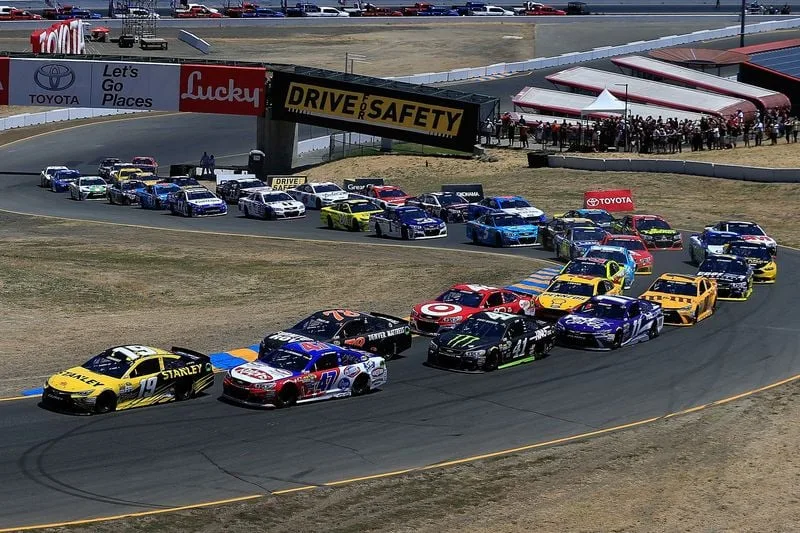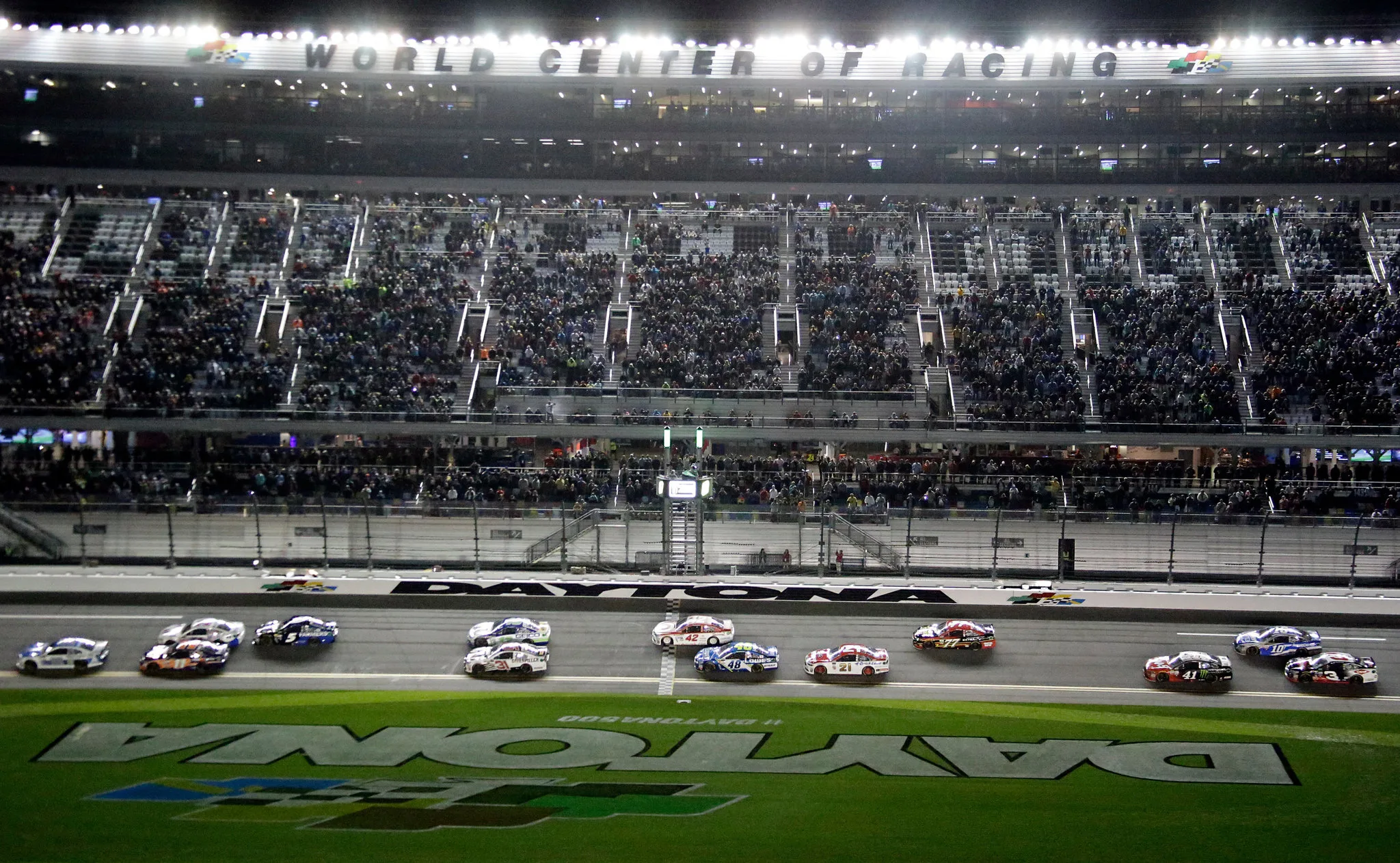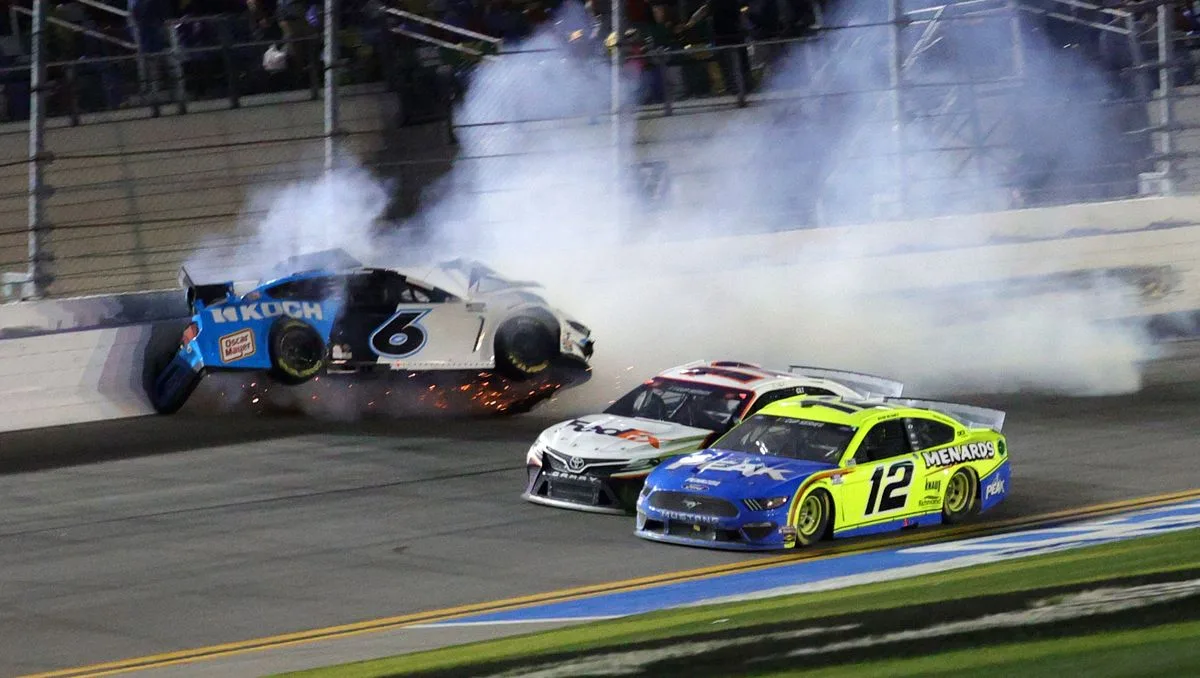Stages in NASCAR are one of the most controversial and influential innovations in the history of this popular and thrilling motorsport, which attracts millions of fans and viewers every year. Stages are segments that divide each race into parts, and award points and bonuses to the drivers based on their performance in each segment. NASCAR introduced this format in 2017 to keep up with the changing times and preferences of its audience, and to make the races more exciting and competitive.
But how do stages work in NASCAR, and what are their benefits and drawbacks? In this article, we will answer these questions and more, as we explore the reasons behind this radical change in the way that races are run and scored.
Introduction

Stages are segments or parts of a NASCAR race that divide it into three or four mini-races. Each stage has a predetermined length, usually about a quarter or a third of the total distance of the race. The first two stages are followed by a competition caution, which allows drivers to pit for fuel, tires, and adjustments. The final stage is followed by the checkered flag, which marks the end of the race.
Stages were introduced in 2017 as part of a series of changes that NASCAR made to enhance the quality and excitement of its races. According to NASCAR, the main goals of stage racing were to increase competition, reward performance, create strategy, and improve fan engagement. Stage racing was also meant to align NASCAR with other major sports that have natural breaks or intervals in their games or matches.
The main purpose of this article is to examine why there are stages in NASCAR race, and what are their pros and cons. We will look at how stage racing has affected the competitiveness, entertainment, fairness, and drama of NASCAR races, as well as how it has influenced the drivers, teams, fans, and media. We will also provide some examples of memorable moments and incidents that have resulted from stage racing.
Benefits of stage racing

One of the main benefits of stage racing is that it makes the races more competitive and exciting. By breaking up the races into shorter segments, stage racing prevents drivers from running away with the lead or settling into a comfortable pace. Instead, drivers have to race hard and aggressively for every lap, knowing that each stage offers valuable points and playoff implications.
Stage racing also rewards drivers for consistent performance and strategy throughout the race. Drivers who finish in the top 10 in each stage earn bonus points for both the regular season standings and the playoffs. Drivers who win a stage also earn an additional playoff point that they can carry over to each round of the postseason. These points can make a huge difference in determining who advances to the next round or who wins the championship.
Some examples of how stage racing has benefited drivers include:
In 2017, Martin Truex Jr. dominated the regular season by winning 19 out of 26 stages, earning him 53 playoff points. He used these points to secure his spot in the championship finale at Homestead-Miami Speedway, where he won his first Cup title.
In 2018, Kevin Harvick won eight races in the regular season, including six stages. He accumulated 50 playoff points, which helped him overcome a penalty that cost him 40 points after his win at Texas Motor Speedway was deemed illegal. He made it to the championship round at Homestead-Miami Speedway, where he finished third.
In 2020, Denny Hamlin won seven races in the regular season, including 11 stages. He amassed 47 playoff points, which allowed him to survive two poor finishes in the Round of 12. He advanced to the championship race at Phoenix Raceway, where he finished fourth.
Drawbacks of stage racing

One of the main drawbacks of stage racing is that it can disrupt the natural flow and rhythm of the races. By introducing artificial cautions and resets, stage racing can interfere with the strategy and performance of drivers who have a strong car or a good pit crew. Stage racing can also create unpredictable and chaotic situations, such as restarts, accidents, or debris, that can ruin the chances of drivers who have a bad luck or a mistake in the early stages.
Stage racing can also penalize drivers who are not able to capitalize on their speed or potential in the first two stages. Drivers who struggle in the early stages may not be able to recover or make up for the lost points or positions in the final stage. Drivers who excel in the final stage may not be able to overcome the deficit or challenge the leaders who have accumulated more points or playoff advantages in the previous stages.
Some examples of how stage racing has hurt drivers include:
In 2017, Kyle Busch won five races in the regular season, including 14 stages. He earned 42 playoff points, which helped him reach the championship finale at Homestead-Miami Speedway. However, he finished second to Truex Jr., who had 11 more playoff points than him.
In 2019, Kyle Larson won four races in the playoffs, including three stages. He earned 33 playoff points, which propelled him to the championship round at Homestead-Miami Speedway. However, he finished sixth to Kyle Busch, who had 20 more playoff points than him.
In 2020, Chase Elliott won five races in the regular season and playoffs, including seven stages. He earned 37 playoff points, which enabled him to clinch his spot in the championship race at Phoenix Raceway with a win at Martinsville Speedway. However, he had to start from the back of the field due to a failed pre-race inspection.
Conclusion
In conclusion, stage racing is one of the most significant and controversial changes that NASCAR has made in its history. Stage racing has both advantages and disadvantages for the drivers, teams, fans, and media. The races have become more competitive and exciting because of stage racing, but it has also affected the natural flow and rhythm of the races. Stage racing has rewarded drivers for consistent performance and strategy throughout the race, but it has also penalized drivers for bad luck or mistakes in the early stages.
Stage racing is not a perfect system, but it is a system that NASCAR believes is best for its sport and its audience. NASCAR races have more drama and intrigue because of stage racing, which also creates more opportunities and challenges for NASCAR drivers. Stage racing has also made NASCAR more aligned with other major sports that have natural breaks or intervals in their games or matches.
What do you think about stage racing? Do you like it or hate it? Do you think it has improved or worsened NASCAR races? Let us know your thoughts and opinions in the comments below.
